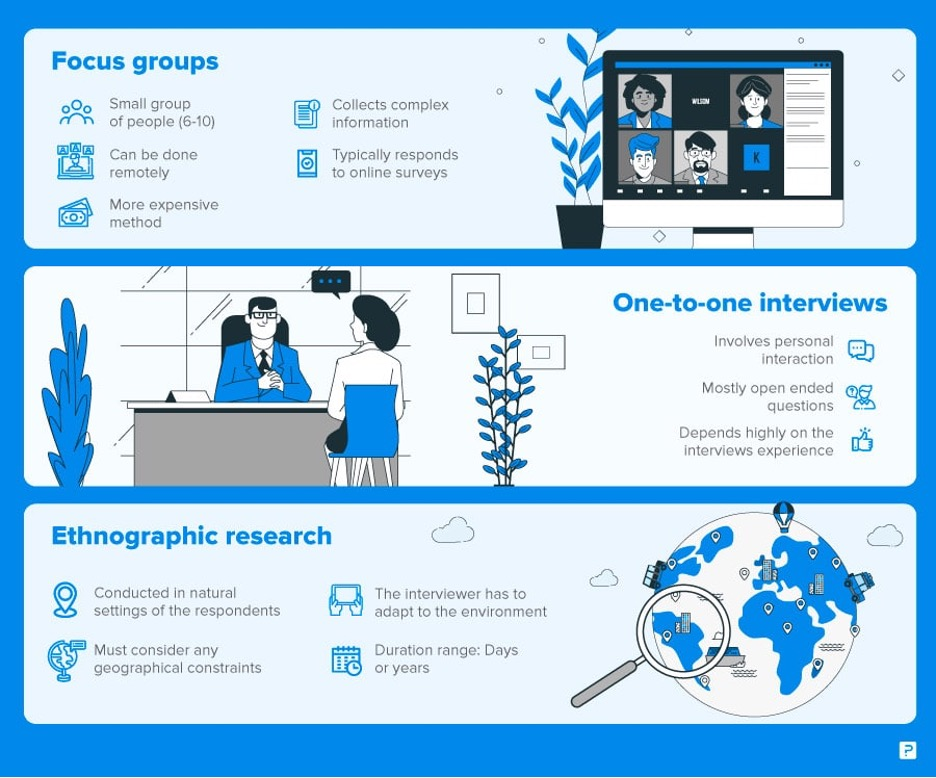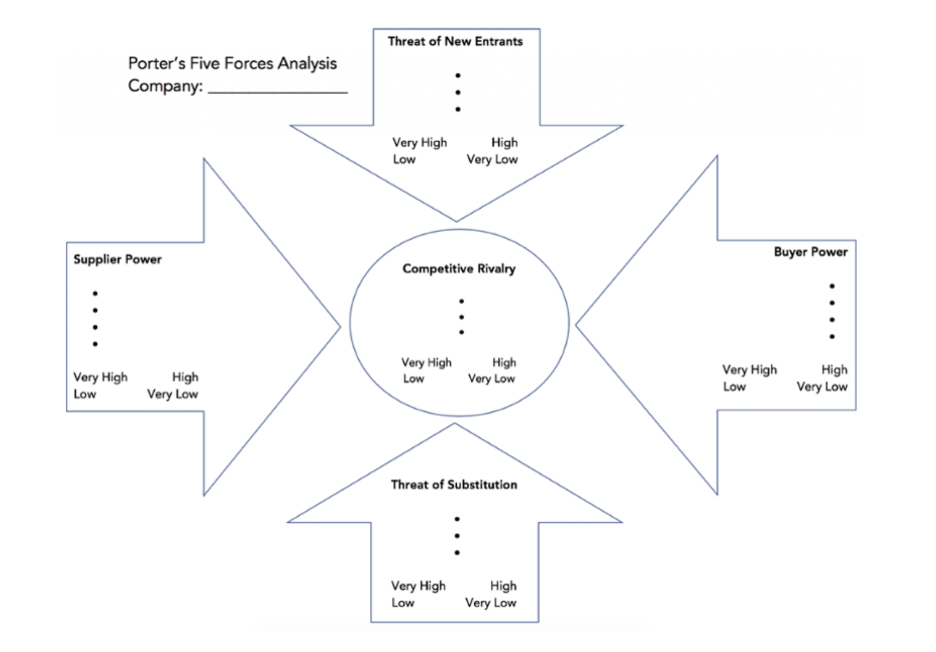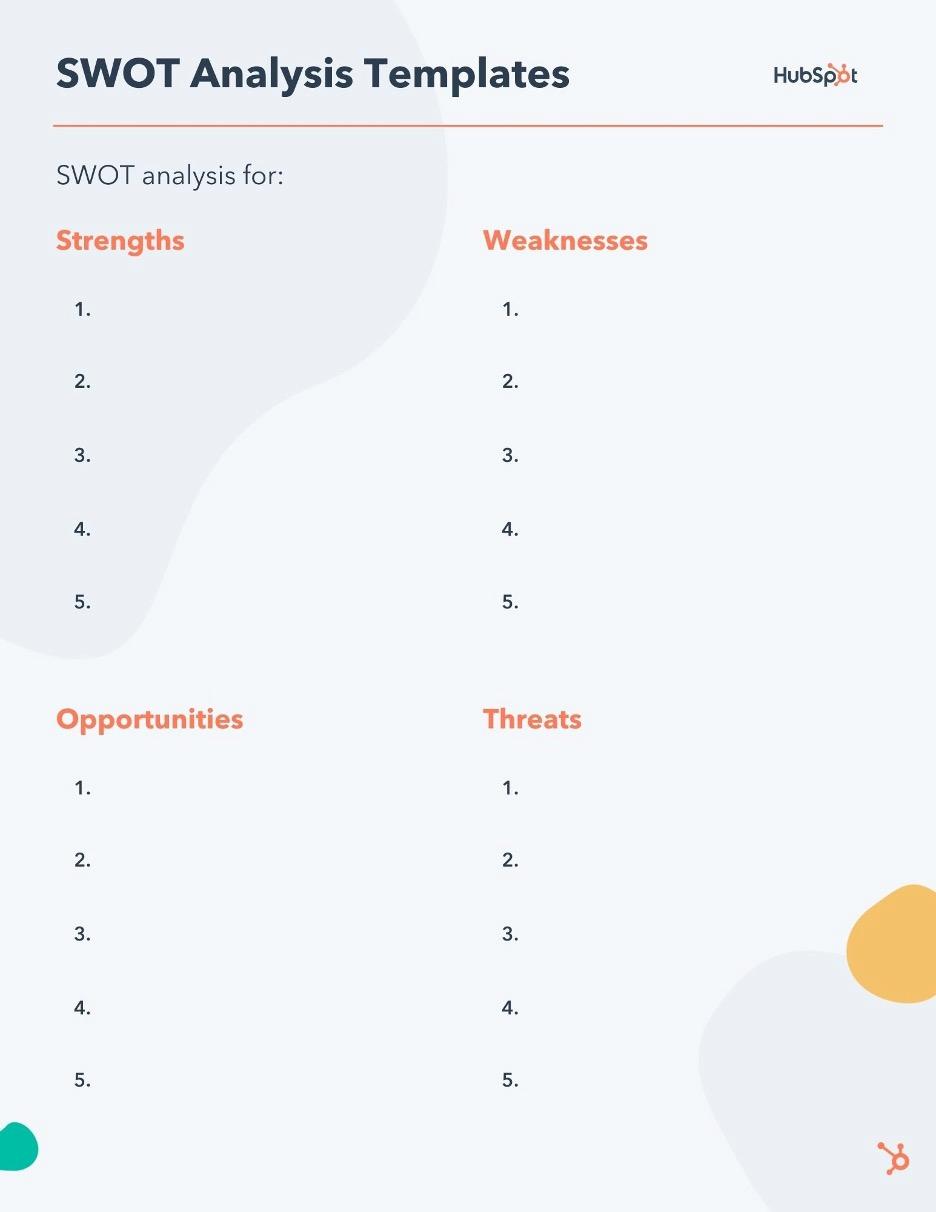Market research helps companies understand the demand for existing commodities, and the potential viability of new products or services. It can also reveal the buying habits of a target market, and what criteria a new offering must fulfil in order to attract potential customers.
Market research methods include collecting and analysing information for selected markets and products. The actionable insights gleaned from market research data can then be adapted into an organisation’s marketing strategy, or used to establish which features should be seen as a priority to existing customers or potential consumers.
In this simple guide, we shall describe the various types of marketing research, and provide a basic framework for conducting market research
Market Research Basics
As we have already observed, the purpose of market research is to enable organisations to gather information. This can be data relating to the feasibility of a new product or service, specifics about a target market, or an evaluation of the conditions of the market in general.
Organisations may conduct their own market research directly, or outsource the activity to specialist market researchers. In either case, market research data falls under two broad categories: primary research and secondary research.
Primary Research
In primary market research, organisations contact their target customers to collect information via qualitative research or quantitative research.
Qualitative data is subjective and non-numerical, dealing with issues like the opinions that consumers have about a particular product or service, or the feelings that these commodities stir up in potential customers.
Quantitative data deals with variables which are measurable in terms of numbers or other tangible metrics. So quantitative researchers typically work with numerical or statistical data.
Within the primary research field, organisations can extract two main types of market research information: exploratory research data and specific research data.
In exploratory research, the organisation will typically deal with a small representative sample of the target market. These people will answer open ended questions during in depth interviews conducted online, or in a natural setting. Specific research concerns itself with issues thrown up by exploratory research,
Secondary Research
In secondary market research, organisations use outside sources of information to gather market intelligence. These may include public sources such as government libraries, non-profit agencies, universities, and educational institutions. Commercial sources like magazines, newspapers, TV, and industry publications are another pipeline for secondary research data.
Research Techniques

[Image source: Question Pro]
Observational research and qualitative data are key components of most market research activity. One of the commonest methods of qualitative data collection is through the use of focus groups.
Focus groups typically concentrate on a six to ten person sample, who respond to customer surveys conducted online. Data collection from focus groups can yield complex and high value information. The research findings from a focus group can highlight key market trends, and help to inform an organisation’s marketing strategy.
One-to-one interviews are an avenue for marketing research that enables interviewers to pose open-ended questions to survey research subjects that can elicit deep and detailed responses concerning a wide range of issues.
Ethnographic research is an in-depth and in-person marketing research technique that requires interviewers to embed themselves in the natural setting of the market research subject. It’s a technique best reserved for longer term business planning or marketing strategy, as studies may take anywhere from a few days to a few years.
How to Conduct Market Research

[Image source: Question Pro]
1. Define the Objectives of Your Market Research
Before you can begin to conduct market research, you first need a clear idea of why you are doing it. This should include any business goals that you are trying to achieve, and specific problems or issues that you are looking to deal with.
2. Define Your Target Markets and Buyer Personas
Identifying your target market and defining specific buyer personas are activities of market research that will help in determining the specific research to conduct in order to extract the most value from your data collection.
Aspects to consider here include the particular niche that your product or service fits into, and the purpose it serves in addressing key consumer problems and/or positioning your brand within the market. Delving deeper into the specifics of your buyer personas, you can establish how the offering can deal with the specific needs or pain points of your target demographics. Your market research findings can also help to establish what kind of language and format to use when crafting your marketing materials and content.
3. Draw Up Your Research Questions
Having identified the specific market niche or persona group to address, you should draw up a discussion guide and list of pertinent questions for your market research surveys and interviews.
Ideally, this discussion guide should be in an outline format, with open-ended questions, and a set time allotted to each section of the market research.
4. Do a Competitive Analysis
Besides direct interaction with your target customers, one of the types of market research that can assist in new product placement and marketing strategy is a competitive analysis. Here, you should list your primary competitors, to identify what product or service offerings exist in line with, or in opposition to your own. Consider what they do well, where they may be lacking, and what gaps your own product or service can step in to fill.
Here, a tool like Porter's Five Forces Model can help in better understanding your industry. The model analyses five different criteria, and how high the power, threat, or rivalry in each area is.

[Image source: HubSpot]
To put your organisation in a larger context, you can conduct a SWOT analysis, to augment your market research competitive analysis. SWOT stands for Strengths, Weaknesses, Opportunities, Threats, and the analysis considers your internal strengths and weaknesses, and your external opportunities and threats within the market.

[Image source: HubSpot]
5. Make a Summary of Your Research Findings
In light of the goals you defined at the beginning of the market research study, consider the most relevant and revealing things that you learned from interacting with the target audience, and any actionable insights thrown up by data collection from this target audience, market trends, customer data, sales data, and other sources.
Use these insights as the basis for an action plan for marketing campaigns that you can run to get your product or service in front of your target audience earlier or more effectively.
By combining primary and secondary research, exploratory and specific research, and other data collection streams, market research enables organisations to establish the viability and potential demand for their products and services, and to see how they might perform in the real world.
Here at Incisive Edge, you can access a number of resources to help you conduct market research. To find out more, get in touch with us.








